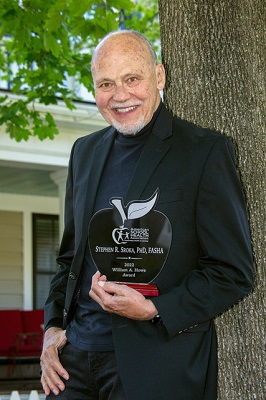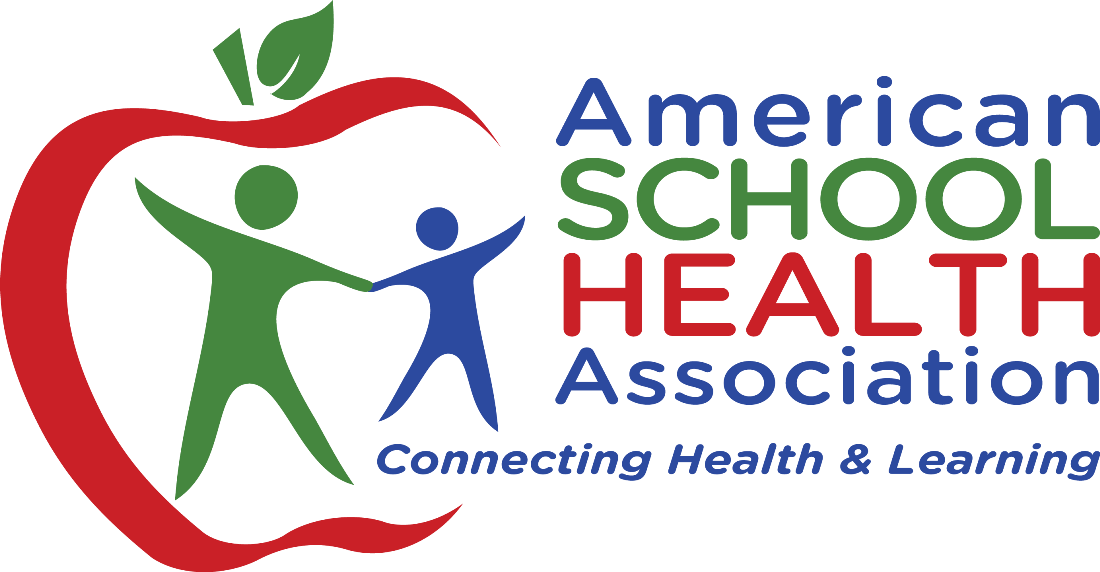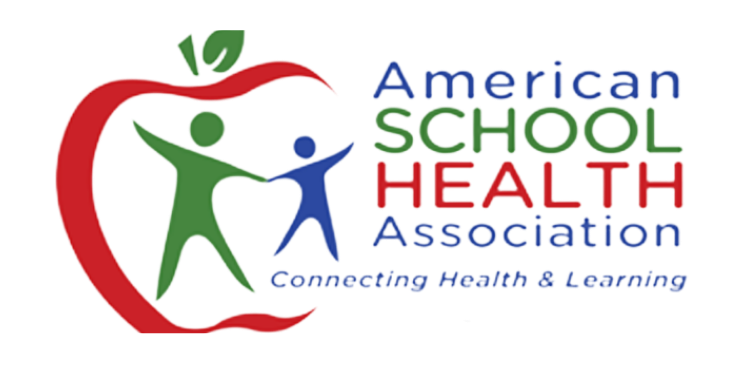Takeaways from Teaching Health Education for Half a Century
Takeaways from Teaching Health Education for Half a Century
I still believe that the positive efforts of one health teacher can make for a better classroom and a better world.
This is sort of my life story as a health teacher based on my start way back in 1977 with the help of The American School Health Association and then Executive Director, Dr. Stephen Jerrick, who sat down with me at the Kent, OH, ASHA headquarters and helped me write my first article. I was a teacher in the inner-city of Cleveland looking for guidance. Stephen opened my world to research and reality, and kick-started my life-long passion of teaching health education. Sadly, I don’t think I ever told him how much I appreciated him.
For half a century, I listened to my students tell me what they thought and how they felt while I taught (K12-College) as I researched teaching health education. Looking for direction and inspiration, I joined The American School Health Association in 1977 as an inner-city junior high school health teacher. Researched based and reality driven, I respectfully offer these takeaways after 50 years of teaching health education K-12 as well as college and university levels.

Stephen Sroka with the ASHA William A. Howe Award.
If students are not learning the way we are teaching, we must teach the way that they learn. Do all students learn the same? Of course not, so why do we teach and test them all the same? Are all students gifted? Of course, they are, but some just open their boxes a little later. All students have different learning styles, so teaching should be tailored to involve all students in activities that are interesting, fun, insightful, useful, and let them explore their creativity, reflect on their life, and develop relevant life skills that utilize all of their multiple intelligences. Every student needs an individualized education program. There is no one right way to teach all students. The COVID pandemic has made this obvious.
Students are crying out for help, and we punish them. Many students who put themselves at risk, online or offline, with sex, drugs, violence as well as with anxiety and depression behaviors, are crying for help. But, rather than to try to help them, we punish them. Why do we incarcerate, when we need to rehabilitate? What good is it that a student can pass a proficiency test and not a reality test? Students need life skills to prevent risky behaviors, and interventions to help them overcome problems, which affect their ability to learn and live. A student is a person, not a point average. With the concept of the whole student, and the mental, physical, social, emotional and spiritual dimensions, and the importance of the trauma informed brain and adverse childhood experiences, we can appreciate social emotional learning to help keep our students safe and healthy so they can learn more and live better.
Some students are invisible. Some students do not speak up or act up: they just shut up. They live in the poor ghettoes and in the rich suburbs. In fact, many students live in the suburbs hiding behind their fences, lawns, and lawyers. One Native American student sent me an e-mail after I spoke on her reservation. It read, "You must be the voice for kids like me who do not have the strength to cry for help." What you see, may not be what you get with some students.
If you can't relate, nothing else really matters, no matter how much you know. Teaching health is about relationships. To get to the head you must go through the heart. As most effective teachers know, students don't care what you teach, if you don't teach that you care. Trusted relationships help build positive students and better school climate. Little words and little deeds help build strong relationships, make big differences, and change lives. You can help build relationships by addressing the four challenges of communication, collaboration, cultural awareness, and caring. You cannot give a student a wake-up call in a foreign language. You can't do it alone. You need to be sensitive to the culture. Caring is crucial. If you can’t relate, everything you do is much harder.
We tend to treat symptoms and not the source of problems, which is often about mental health. We frequently try to address problems by treating the behaviors and not the causes. For instance, to teach about bullying behaviors (and set up rules to stop it) without dealing with the underlying mental health issues is like putting a bandage on a cancer. You cover up the problem and it looks good, but the problem is still festering. As we often see with destructive risk behaviors, hurt people hurt people. The use of mental health professionals, such as school counselors, school social workers, school nurses, school psychologists as well as trained school resource officers, may enable us to help people help people. Today, behavioral threat assessment tools offer new solutions for old problems.
Students need the "3 Fs" and the "3 Hs." There are no easy answers, but several variables seem to help our students learn and live. Research suggests that students need developmental assets such as, a family who loves them, even if it is not a biological family; friends, who will pull them up, not down; and faith, a moral compass, a sense of right and wrong. My experiences suggest that students crave honesty, enjoy sensitive humor, and want hope.
Facts are forgotten, but feelings last forever. After teaching health for 50 years, some of my former students (from the 70’s) gathered to thank me. I asked them what did they remember about me "back in the day?" Was it the time I jumped up on the desk and took off my shoes to teach the bones of the feet, or the community improvement programs, in which we participated during summer breaks? One Latinx student piped up and said, "We forgot most everything you said, and many of the things we did, but we never forgot the way you made us feel good about being ourselves.” In the end for many students, kindness, not content or curriculum is what they remember. Isn't it interesting that once you get to their heart, you can teach your content and curriculum, but that may not be what they remember?
After a half a century of teaching, I still believe that health education offers one of the most powerful vehicles we have to help our students drive into the future. I still believe that the positive efforts of one health teacher can make for a better classroom and a better world. And, I still believe that I will keep teaching health education and discover some new takeaways.
Bio: Stephen Sroka has taught K-12 and college for over 50 years and is an adjunct assistant professor at the School of Medicine, Case Western Reserve University, and president of Health Education Consultants. He received the Outstanding School Health Educator Award and Fellow status from the American School Health Association. He received the William A. Howe award from ASHA. It is ASHA’s highest honor for outstanding contributions and distinguished service in school health. It reads, "He was a pathfinder in health education with AIDS (1984), school violence prevention (1997), the Whole Child concept (2005), H1N1 (2009), Opiates and Opioids (2014), and COVID (Feb, 2020).” Previously, he was inducted into the National Teachers Hall of Fame, presented The Walt Disney American Outstanding Health Education Teacher Award, named the Person of the Year for The International Association for Truancy and Dropout Prevention, and chosen the first-ever School Health Leader Award from the American Public Health Association.

